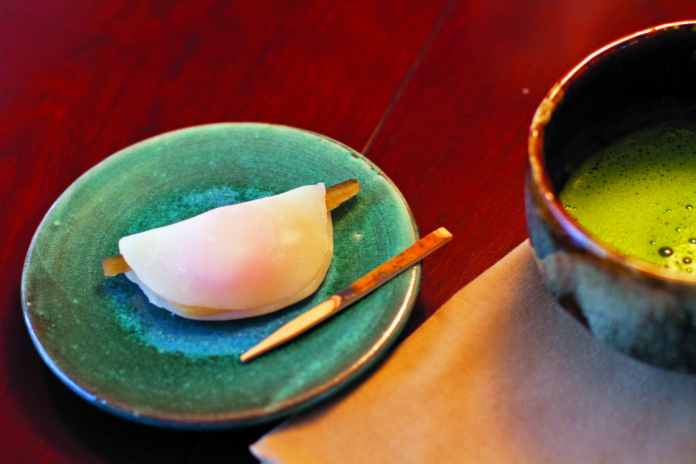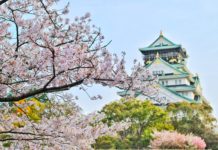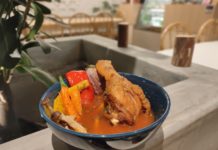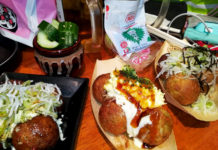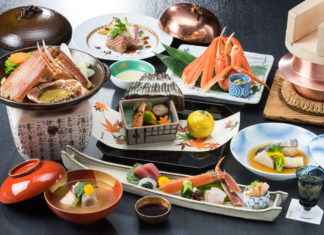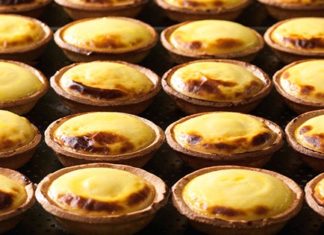Hanabiramochi literally means “flower petal mochi”. This is eaten during Hagatame no Gi also known as the “Tooth Hardening Ceremony”. Hanabiramochi is made from white round mochi skin and its stuffing contains pork, burdock, radish, red hishimochi, radish, salted ayu, and gourd. It has a value of strengthening ones teeth.
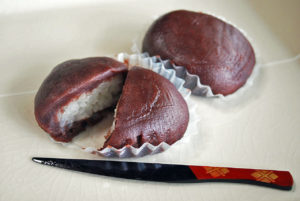 Ohagi is a traditional delicacy made with sweet sticky rice and azuki bean paste that has a past that dates back to the thirteenth century. Botamochi are related to the Spring and Autumn equinoxes, two national occasions in Japan that are conventional circumstances to visit the graves of progenitors.
Ohagi is a traditional delicacy made with sweet sticky rice and azuki bean paste that has a past that dates back to the thirteenth century. Botamochi are related to the Spring and Autumn equinoxes, two national occasions in Japan that are conventional circumstances to visit the graves of progenitors.
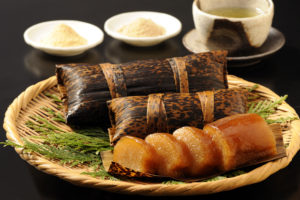
Akumaki is a conventional Children’s Day (formerly Boy’s Day) dessert in Kyushu. It is made by soaking mochigome (sweet rice) wrapped in bamboo leaf in lye overnight. Similar to mochi but it is less sticky and has a longer shelf life. Akumaki was concocted by Samurai as an arrangement for the fight to come.
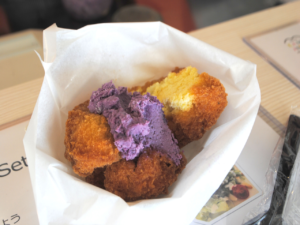
Sata Andagi are round sugar doughnuts from the Okinawan Island. The name signifies “broiled sugar” in the Okinawan dialect. Sata Andagi are hard and firm on the outside and cake-like within. They are additionally prevalent in Hawaii.
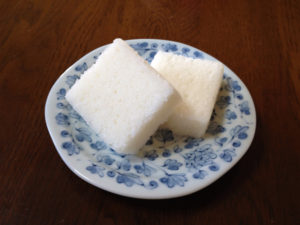 Karukan is a steamed sweet bread that contains ground Japanese yam. It’s a strength of Kyushu and numerous urban communities, and towns in the area have one-of-a-kind renditions of Karukan that frequently incorporate a sweet filling.
Karukan is a steamed sweet bread that contains ground Japanese yam. It’s a strength of Kyushu and numerous urban communities, and towns in the area have one-of-a-kind renditions of Karukan that frequently incorporate a sweet filling.
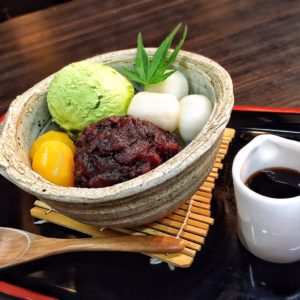 Anmitsu is a popular summer dessert made of a combination of toppings, small cubes of agar jelly, mochi, chestnuts, sweet azuki beans and served with a side of sweet dark syrup. There is no standardized list of ingredients for Anmitsu but anko (sweet red bean paste) and agar jam set as main ingredients for the dish.
Anmitsu is a popular summer dessert made of a combination of toppings, small cubes of agar jelly, mochi, chestnuts, sweet azuki beans and served with a side of sweet dark syrup. There is no standardized list of ingredients for Anmitsu but anko (sweet red bean paste) and agar jam set as main ingredients for the dish.
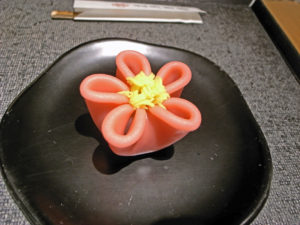 Namagashi is a customary Japanese snack served at tea ceremony. It is made from flour, beans, eggs and sugar. With a light and soft texture, the main ingredients are fruit jellies and sweetened beans. Each snack is uniquely designed based on the four seasons.
Namagashi is a customary Japanese snack served at tea ceremony. It is made from flour, beans, eggs and sugar. With a light and soft texture, the main ingredients are fruit jellies and sweetened beans. Each snack is uniquely designed based on the four seasons.



